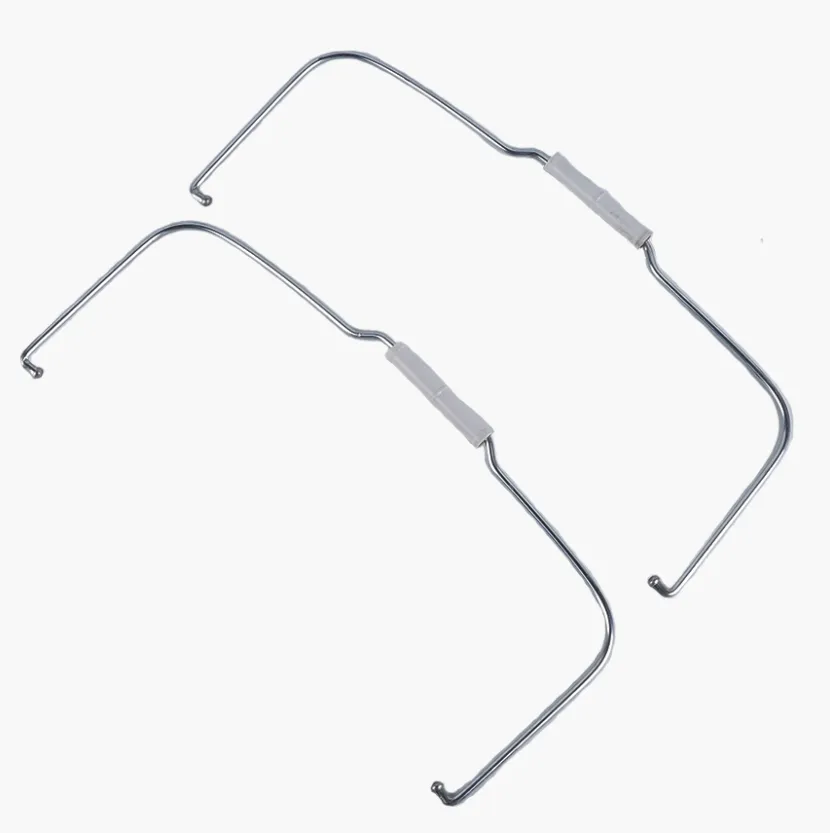-
 Phone:
Phone: -
 Email:
Email:

barbed wire fence price
The Cost of Barbed Wire Fencing A Comprehensive Guide
Barbed wire fencing has long been utilized as an effective solution for property demarcation, livestock control, and security purposes. Its strategic design, featuring sharp wire barbs, provides both physical barriers and psychological deterrents, making it a popular choice among landowners, ranchers, and businesses alike. However, when considering the installation of a barbed wire fence, understanding the associated costs is paramount. This article delves into the factors that influence the price of barbed wire fencing, helping consumers make informed decisions.
Factors Affecting Barbed Wire Fence Prices
1. Material Quality The type of barbed wire you choose significantly impacts the overall cost. Barbed wire is generally made from galvanized steel, which offers durability and resistance to rust. Higher-quality steel with thicker gauge wire tends to be more expensive but can provide longer-lasting results, reducing replacement and maintenance costs in the long run.
2. Wire Specification Barbed wire is available in various specifications, such as the number of strands, spacing of the barbs, and overall height. A standard barbed wire fence usually consists of two to five strands, and prices vary depending on these specifications. More strands and closely spaced barbs offer enhanced security but come at a higher initial cost.
3. Length of the Fence The total length of fencing required is another significant factor. Typically, the cost of barbed wire fencing is calculated per linear foot. As the length increases, additional materials will be needed, including posts, insulators, and tension wire. Bulk purchases can sometimes lead to discounts, making it beneficial to plan for larger projects.
4. Type of Fence Posts The choice of fence posts is critical. Wooden, steel, and concrete posts have varying costs, with steel and concrete generally offering greater longevity and resistance to environmental factors. Wooden posts, while cheaper upfront, may require replacement sooner than their metal counterparts. Decision-makers must consider both initial and long-term costs when selecting posts.
5. Installation Costs Labor costs can fluctuate based on geographical location, the complexity of the installation, and the experience of the contractors. DIY installation can save money but requires a significant time investment and access to the right tools. Hiring professionals might increase initial outlay but could ensure better results and durability.
barbed wire fence price

6. Terrain and Accessibility The type of terrain where the fencing will be installed can affect costs. Rocky or uneven ground may require additional labor and equipment for post installation, while flat and accessible areas will generally be cheaper to work on. Moreover, remote locations might incur extra costs for transportation of materials and workers.
7. Local Regulations Some areas have zoning laws and regulations regarding fencing, particularly when it comes to dimensions and materials. It’s essential to research these regulations to avoid potential fines or additional costs associated with modifications after installation.
8. Maintenance Considerations While barbed wire fences are known for their resilience, they still require some level of maintenance. Regular inspections for rust, tightening wires, and replacement of damaged sections can add to the overall cost. Investing in higher quality materials may reduce the frequency of maintenance required.
Average Pricing
As a general estimate, the cost of materials for a barbed wire fence can range from $1 to $3 per linear foot, depending on the factors mentioned above. Including posts and installation services, the total cost can rise to anywhere between $3 and $10 per linear foot. For a standard agricultural setup, homeowners might expect to spend between $1,500 and $3,000 for a one-acre property, depending on the conditions and specific requirements.
Conclusion
Barbed wire fencing remains a popular solution for a variety of applications due to its effectiveness and relative affordability. By understanding the various factors that influence the pricing, consumers can make informed decisions that suit their budget and needs. Whether you are a landowner seeking to protect your property or a business owner needing security solutions, taking the time to evaluate your options will ultimately lead to a better investment and greater satisfaction in your barbed wire fencing choice.
-
Wire Mesh for Every Need: A Practical SolutionNewsJul.25,2025
-
Steel Fences: Durable, Secure, and Stylish OptionsNewsJul.25,2025
-
Roll Top Fencing: A Smart Solution for Safety and SecurityNewsJul.25,2025
-
Cattle Farm Fencing Solutions for Maximum SecurityNewsJul.25,2025
-
Affordable Iron Binding Wire SolutionsNewsJul.25,2025
-
Affordable Galvanized Wire SolutionsNewsJul.25,2025
-
Wire Hanger Recycling IdeasNewsJul.25,2025








